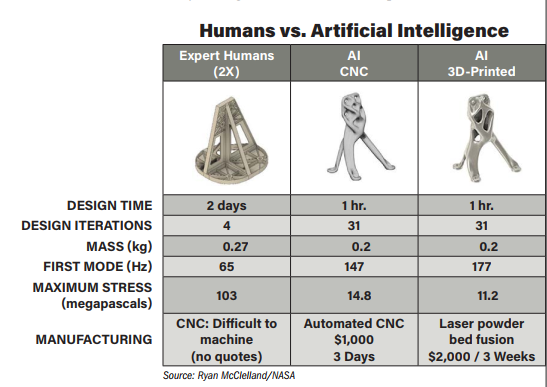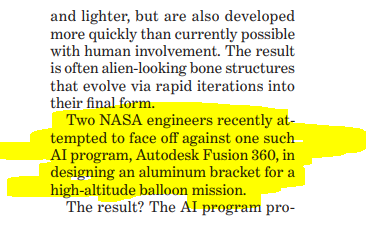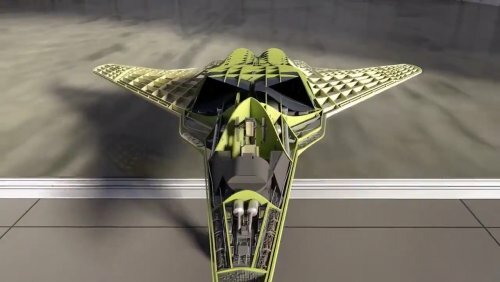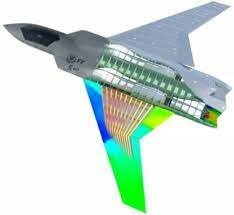Thanks Josh_TN, I thought that the US congress would force them to join together again, but that is certainly good news that there won't be another program like the JSF with all it's issues.
I think the experience of the F-35 would prevent Congress from going down that path, and moreover it seems incredibly unlikely Congress will agree on anything for while. So I think there will be no involvement by them in either department's fighter development programs, outside perhaps approving or restricting budgets. But on that note there is wide bipartisan agreement on China being a competitor and potential threat, so I think both services will get everything they ask for in regards to these programs.
I think the overriding factor will be overall cost/ affordability and it appears extremely unlikely that both services will get “everything they ask for” unless they have very carefully calibrated what they ask for.
Re: design and the question of jointness I think it is a real shame that the USAF and US Navy couldn’t come together and agree a common approx. F-14 sized carrier compatible airframe (the only significant structural difference between their variants being one has the arrester hook fitted, the other does not). This would mean real cost efficiencies and avoid much of the issues of having multiple variants or designs.
I don’t quite get claims of the supposed cost advantages of so-called “common”engines and systems if the US airforce aircraft is going to be significantly larger, heavier etc than its US Navy equivalent. It’s not like the US Navy doesn’t have much the same requirements for longer range and better payload/ range characteristics, improved stealth characteristics etc. versus the current in service designs they will be replacing. And won’t you end up with one design having sub-optimal engines and systems etc. if their is really that much difference between the 2 designs? Or have to make enough changes to engines, systems that actual commonality and associated cost savings are rapidly reduced?
And ultimately I doubt the overall affordability of the simultaneous developments of a significantly larger US airforce airframe and a separate US Navy airframe. One could foresee potential scenarios like the US airforce later being forced to take the US Navy airframe after the cancellation of an over ambitious airforce-only design but after they can have that major impact on the US Navy airframe (not completely unlike what happens with the F-4 or A-7), or the US Navy having to take a F-35E instead because their Navy-only design is dropped (somewhat similar to what happened with the Super Hornet).
While some enthusiasts here will likely decry this and advocate for paying whatever the 2 separate airframes will cost the overall context (also paying for B-21s, new unmanned aircraft, probably ongoing F-35 deliveries, renewing the nuclear triad, new tankers, likely the start of a new airlifter program, new T-7s, etc.) demands a degree of realism, particularly if you want these new “6th” generation airframes fielded in significant numbers for both services (and not in having your favoured service being seen to have “won”).
And whatever way you spin it the new US airforce design is not some re-litigation of what some wanted the B-21 to be; the new airforce strike fighter design will unavoidably be substantially smaller, shorter range and have a very significantly lower payload than a B-21 (for the required much higher flight performance) and probably won’t end up that much larger or longer range than its US Navy equivalent anyway.
 potomacofficersclub.com
potomacofficersclub.com
 potomacofficersclub.com
potomacofficersclub.com












